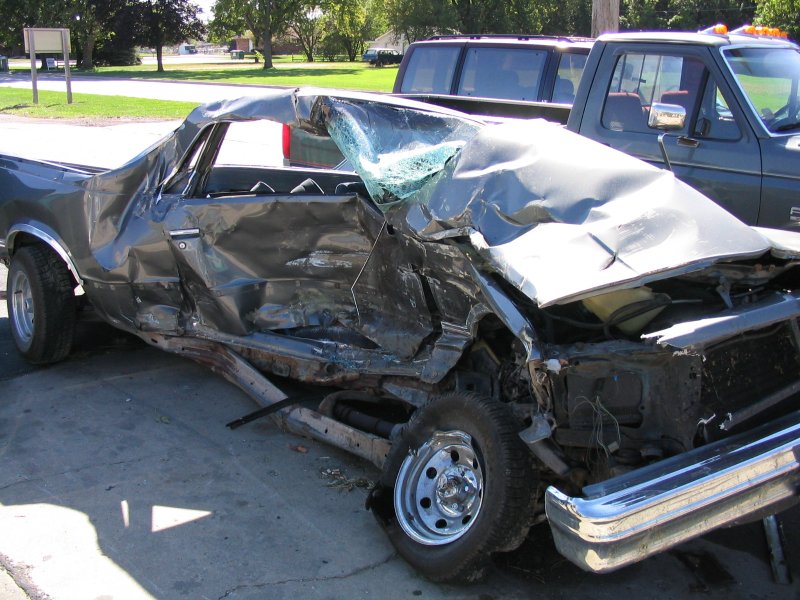Here’s a staggering statistic: it has been 19 years since a day passed when no one was killed on a Texas road. Since that day–November 7, 2000–more than 67,000 people have perished on Texas roads. I’ve written before about how our attitudes toward driving have, in many ways, normalized the danger implicit in the most common form of transportation, and how our conversations about the value of making streets safer for pedestrians and cyclists and our public transit more viable for commuters need to take into account how many people are killed by cars. Now it appears that the state of Texas seems to be catching on, launching a new initiative that hopes to eliminate traffic-related deaths by 2050.
Texas has reason to be concerned about traffic-related deaths. The number of per capita road fatalities outpaces the national average and, between 2010 and 2018, more people have died on Texas roads than in any other state. This should come as no surprise considering that transportation funding has vastly favored auto and truck travel for more than half a century. But according to the Texas Tribune, officials with the Texas Transportation Commission are starting to recognize the absurdity of a transportation network in which death is one of the normalized outputs of investment.
“I think as a state we’ve become very numb to it,” said Laura Ryan, a member of the Texas Transportation Commission, which oversees TxDOT. “This is probably one of the most deadly situations we have in the state, and it’s one of the most controllable situations we have in the state. Ninety percent of the deaths that we’ve had over the 19 years are preventable.”
To help reach its goal of eliminating traffic deaths, Texas has earmarked $600 million in additional safety spending for “widening roads, upgrading guardrails, and improving conditions for pedestrians and cyclists, among other measures.” But is that enough? As other states and cities that have tried to eliminate all traffic deaths–a movement called “Vision Zero”–have found, increased focus on traffic safety produces some initial reductions in traffic fatalities. However, long-term, sustained safety goals are more difficult to meet. That’s because saving lives isn’t simply about designing safer streets, reducing drunk driving, and controlling speeding. It will require completely rethinking the way we move around our cities, towns, and state. And in Texas, where the de-facto model of growth and development is suburban, that will be a difficult.
The challenge is best illustrated by this statistic. As cities have worked to reduce traffic deaths while promoting more cycling and walking, traffic deaths for cyclists and pedestrians have only gone up nationwide. The reasons for this are multifaceted, but they ultimately boil down to the fact that our public spaces have been redesigned for cars and that design has largely been baked into the cultural, political, and legal framework of society. To put it more bluntly, our acceptance of deadly streets is simply part of the America that was constructed after the end of the second world war.
But there are reasons to be hopeful about this latest statewide push to make streets safer. For one, it’s coming from the state, and cities that have attempted to pursue Vision Zero plans have often found it difficult to coordinate safety measures with states whose policies and budgets vastly favor vehicular travel. But if Texas is serious about eliminating traffic deaths, it is going to take more than $600 million in new funding. It will require an entire shift in mindset.






